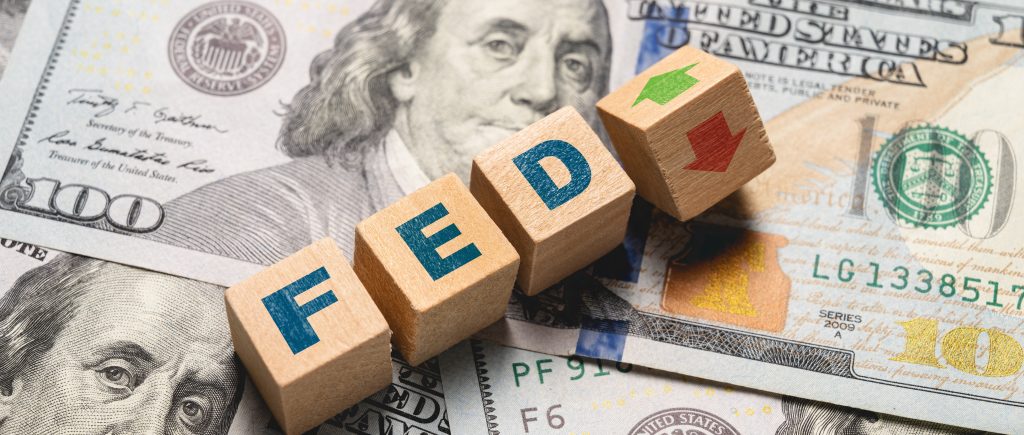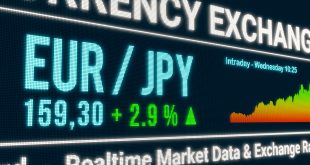Central banks worldwide face the challenge of balancing inflation without causing a severe economic downturn. This requires navigating a complex landscape of interconnected factors, including supply chain disruptions and geopolitical instability. The inflation puzzle has multiple roots, with the war in Ukraine exacerbating the situation by sending energy and food prices soaring.
Central bankers, including Jerome Powell at the Federal Reserve and Christine Lagarde of the European Central Bank, are employing various tools to combat inflation, such as raising interest rates and quantitative tightening. However, the effectiveness of these measures is not guaranteed. If inflation proves entrenched, the risk of triggering a recession increases significantly. Conversely, if central banks act too cautiously, inflation could become embedded, necessitating even more drastic action later.
The growth conundrum lies in calibrating monetary policy to achieve price stability without sacrificing economic growth. Raising interest rates too aggressively risks choking off economic activity, leading to job losses and potentially a recession. Finding the sweet spot requires careful monitoring of economic data and flexibility, allowing policymakers to adjust their course as circumstances evolve.
The future trajectory of inflation and economic growth remains highly uncertain, with several factors influencing the outlook. Central banks must remain vigilant, adapting their policies as new information becomes available. Communication is crucial for central bankers to clearly articulate their strategy and rationale to the public, managing expectations and maintaining credibility. Successful navigating this complex landscape will require skillful policymaking, clear communication, and a degree of luck. The stakes are high, as policy missteps could have severe consequences.

 Noor Trends News, Technical Analysis, Educational Tools and Recommendations
Noor Trends News, Technical Analysis, Educational Tools and Recommendations




